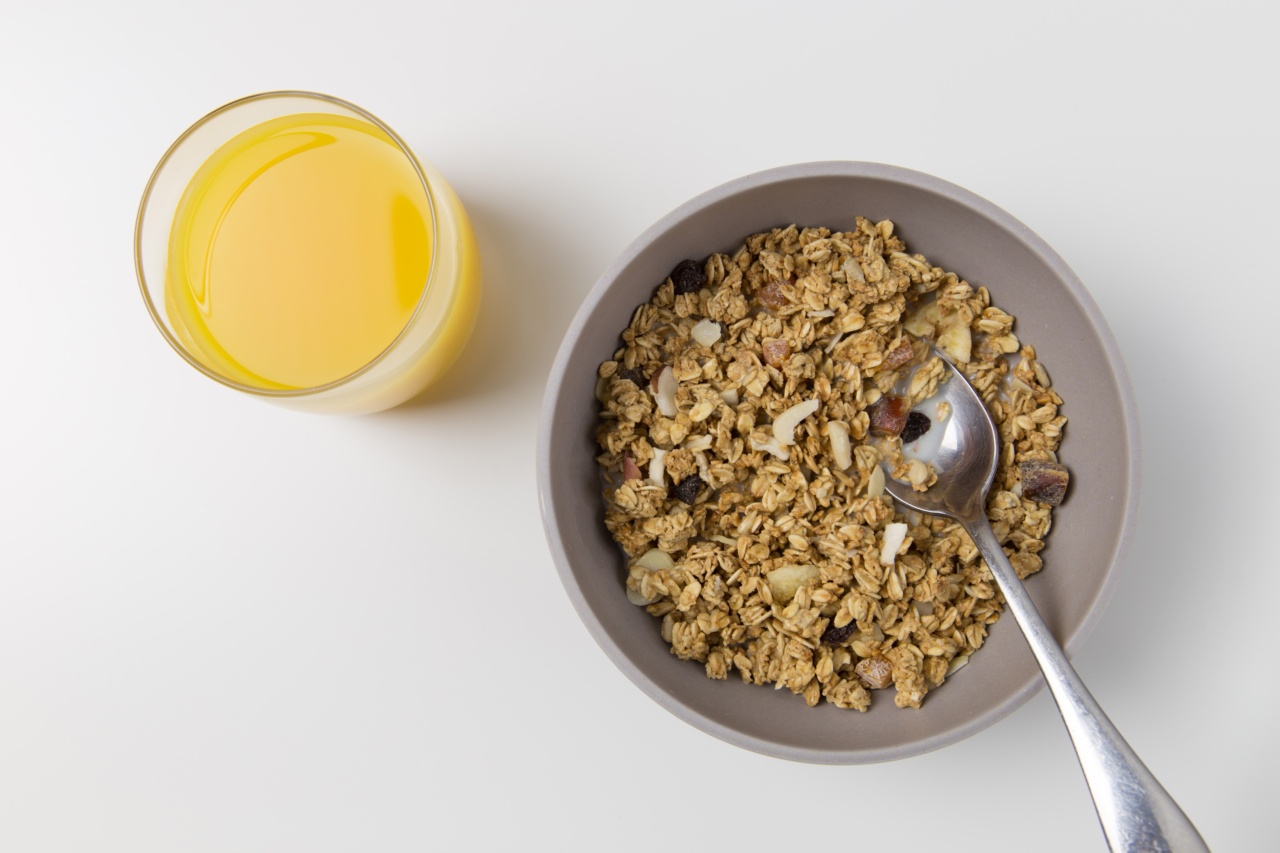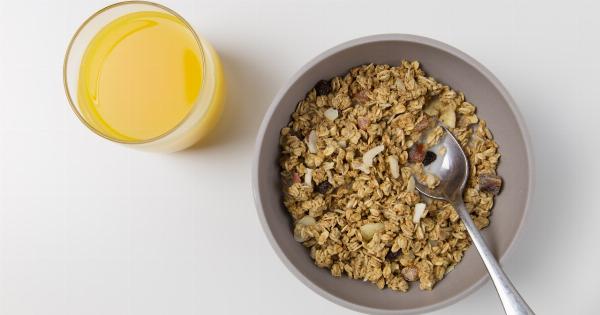Fiber is an essential component of a healthy diet. It is a type of carbohydrate that the body cannot digest, and it helps regulate bowel movements and reduces the risk of heart disease and other health problems.
What is Fiber?
Fiber is a type of carbohydrate found in plant-based foods such as fruits, vegetables, whole grains, beans, and nuts.
Unlike other carbohydrates, fiber cannot be broken down by the body and is instead passed through the digestive system largely unchanged.
There are two main types of dietary fiber: soluble and insoluble. Soluble fiber dissolves in water and forms a gel-like substance in the digestive tract. This type of fiber helps lower cholesterol levels and regulate blood sugar levels.
Insoluble fiber does not dissolve in water and helps move food through the digestive system, preventing constipation and promoting regular bowel movements.
Benefits of a High-Fiber Diet
Eating a diet high in fiber has numerous health benefits. Here are some of the most significant:.
1. Reducing the Risk of Heart Disease
The soluble fiber found in foods such as oats, beans, and fruits can help lower cholesterol levels. This, in turn, can reduce the risk of heart disease, which is the leading cause of death worldwide.
2. Controlling Blood Sugar Levels
Soluble fiber can also help regulate blood sugar levels in people with diabetes. By slowing down the absorption of sugar into the bloodstream, fiber helps prevent spikes in blood sugar levels.
This can improve insulin sensitivity and reduce the risk of complications associated with diabetes.
3. Promoting Regular Bowel Movements
Insoluble fiber helps promote regular bowel movements and prevents constipation. A diet high in fiber can also help prevent hemorrhoids and diverticulitis (inflammation of the small pockets in the colon).
4. Supporting Weight Loss
Fiber-rich foods are typically low in calories and help you feel full. This can make it easier to eat less and lose weight. Additionally, high-fiber foods tend to be more filling than low-fiber foods and can help you eat less without feeling hungry.
How Much Fiber Do You Need?
The recommended daily intake of fiber is 25 grams for women and 38 grams for men. However, most people only consume about half of this amount. Eating a diet rich in whole grains, fruits, vegetables, and legumes can help you meet your daily fiber needs.
Tips for Increasing Your Fiber Intake
If you’re looking to increase your fiber intake, here are some tips to help you get started:.
1. Eat More Whole Grains
Choose whole grain bread, pasta, and rice instead of their refined counterparts. Whole grains are higher in fiber and other beneficial nutrients.
2. Add Fruits and Vegetables to Your Diet
Eat a variety of fruits and vegetables, both raw and cooked. These foods are high in fiber, vitamins, and minerals.
3. Snack on Nuts and Seeds
Nuts and seeds are a great source of fiber, healthy fats, and protein. Add them to your yogurt, oatmeal, or smoothie for a nutritious snack.
4. Choose Legumes
Legumes such as lentils, chickpeas, and black beans are high in soluble and insoluble fiber. They’re also a good source of protein and other nutrients.
The Bottom Line
Fiber is an essential nutrient that plays a crucial role in maintaining good health. By eating a diet rich in fiber, you can improve your digestion, reduce your risk of heart disease and other health problems, and support healthy weight management.



























